
Exhibits Focus on Bay Area Figurative Art
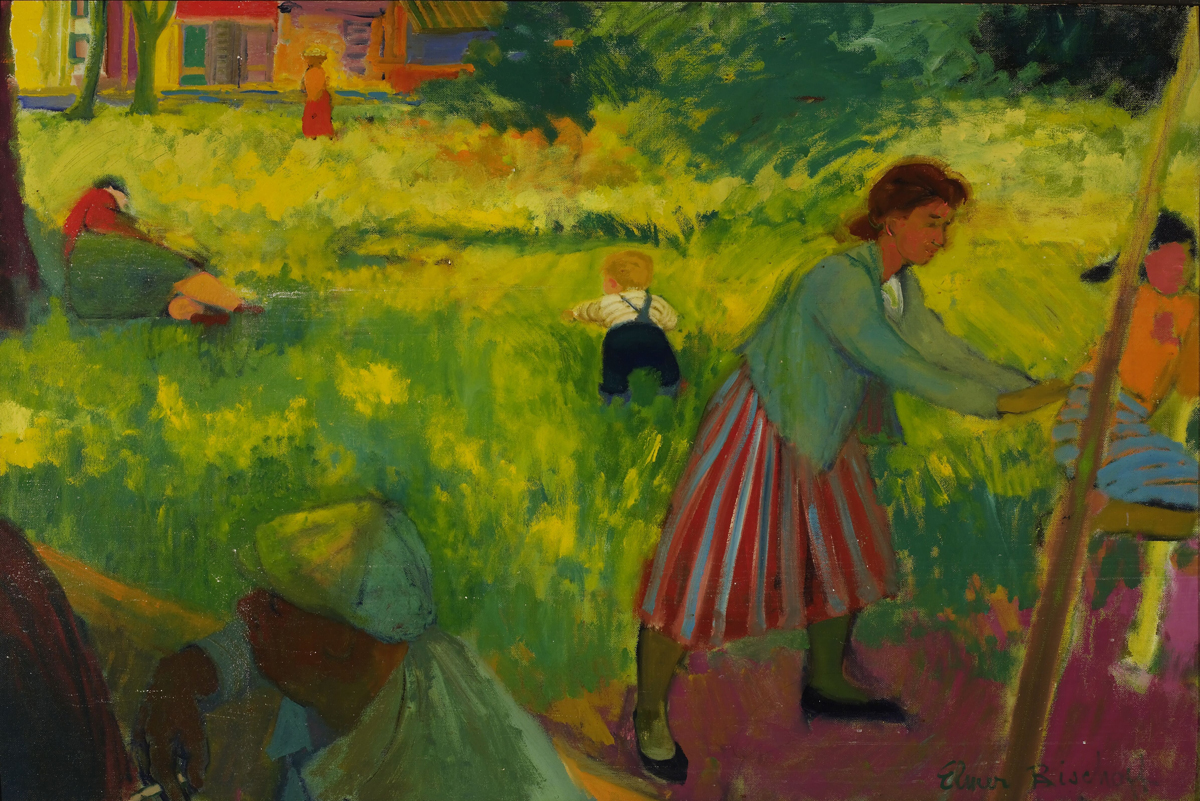 |
Back in the late 1950s when a cohort of advanced Bay Area artists walked away from abstract painting – one, indeed, chucked his abstractions into the dump – compatriots thought it was a move towards conservatism.
Perhaps so, and perhaps that’s why visiting the superb ‘Elmer Bischoff: A Survey of Paintings and Drawings 1937-1972,’ which continues through April 19 at Marin Museum of Contemporary Art, feels like viewing the work of an Old Master like Rembrandt or Titian.
Looking at paintings and works on paper by Bischoff (1916-1991) provides many of the same pleasures you’d get from the abstract expressionism that he, David Park, and others rejected.
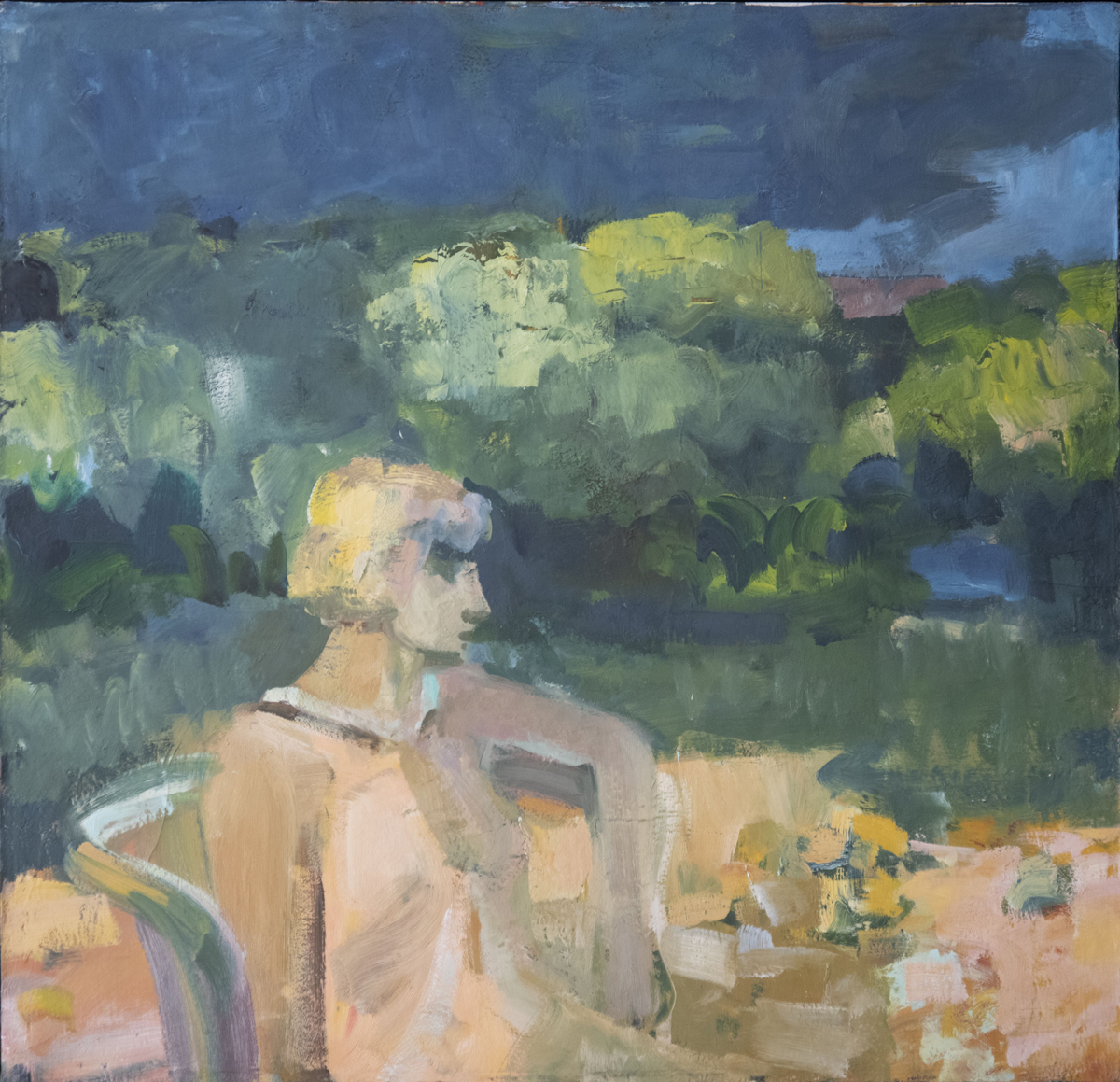 |
There is a push and pull between reading the smears and gobs left by each visible brushstroke as descriptive of a woman’s ear or a cigarette or a wisp of a cloud or the sail of a sailboat – or by reading the marks as the bravura, passionate application of paint for the sake of design and to evoke the action of the painter’s hand and body.
Yet at the same time you can pick up a bit of a story. A man and a woman, red nails, a pause in smoking, some charge between them, some tension?
Perhaps Bischoff’s work recalls that of the masters because he deliberately evokes them, cropping some images in the manner of the Impressionist painter Degas, or creating images that recall the Impressionism of Mary Cassat, or that suggest the 19th century Symbolists but with the Baroque flourish of Bernini.
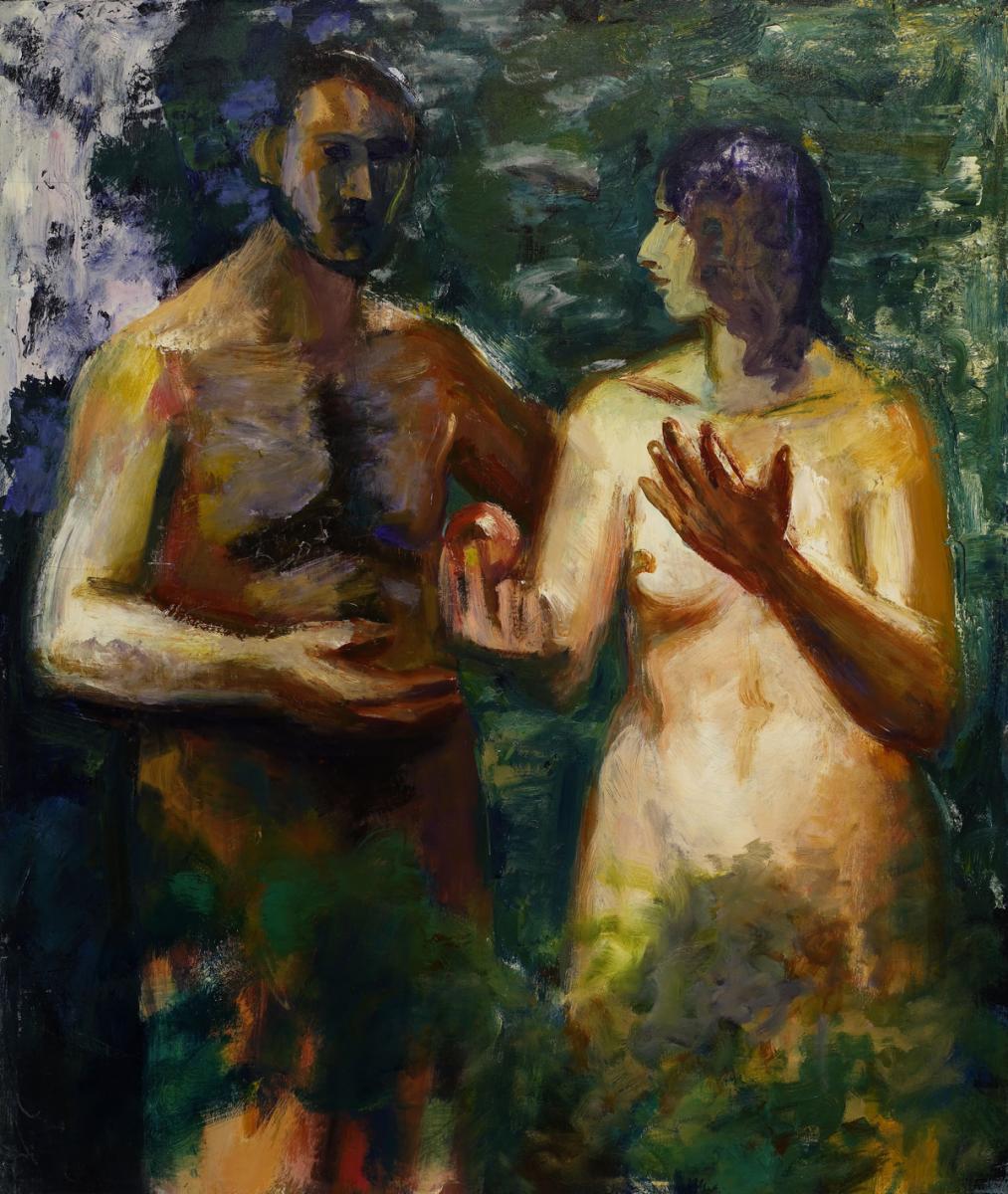 |
Bischoff even gives us an image of Adam and Eve, complete with apple.
“What is most desired in the final outcome is a condition of form [that] dissolves all tangible facts into intangibles of feeling,” Bischoff has said of his work, as quoted in the exhibit’s small catalog.
Some of his pictures can be looked at for hours. Adding to the pleasure, the show includes charming works from the 1930s and ‘40s, before Bischoff developed his own style.
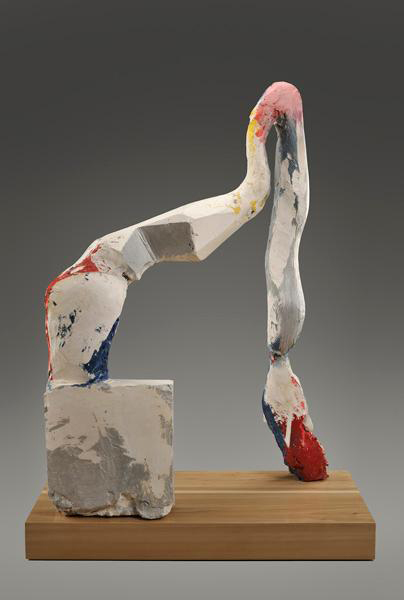 |
The next few months will be a great time to explore Bay Area figurative work. At Hackett Mill gallery, ‘Manuel Neri: San Francisco Funk 1956-1960’ focuses through April 16 on another superb artist, whose work is very different than that of Bischoff, with whom the younger man studied. Hackett Mill puts on small, museum-quality exhibits, and is conveniently adjacent to the San Francisco Museum of Modern Art,
And on top of Bischoff and Neri, from April 11-September 7 the SFMOMA mounts a retrospective of David Park, the greatest of the Bay figurative painters. (Of course any time of the year you can enjoy work by most of the Figuratives in the superb permanent collection of the Oakland Museum.
Neri, born in 1930 in the Central Valley, the son of Mexican immigrants, studied at the California School of Fine Arts (now the San Francisco Art Institute), which was central to the Figurative movement and to the Beat-oriented Funk movement, whose artists worked with collage and assembled sculptures using any ingredients imaginable.
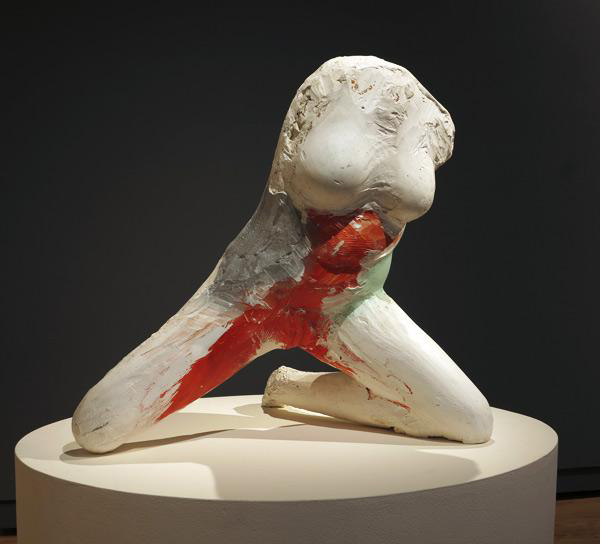 |
Teacher Richard Diebenkorn, who, like Bischoff and some others, would switch back and forth in their careers between abstract and figurative, advised Neri to sculpt. Surely few sculptures have produced work as painterly as Neri’s.
To enjoy Neri’s works you need to heed the details, the impasto textures of the plaster, the splotches of color. The forms themselves can be imposing, evoking a presence that is both human and not.
In positioning Neri as a founder of Funk, Hackett Mill writes, “His embrace of 'junk' material along with San Francisco’s jazz-infused Beat culture led to his improv-infused working method in assemblage with the goal of redefining what constitutes fine art. Neri’s sculptural forms of birds, moons, heads, and figures demonstrate the raw abandon of an artist finding his own identity in Post-War San Francisco.”
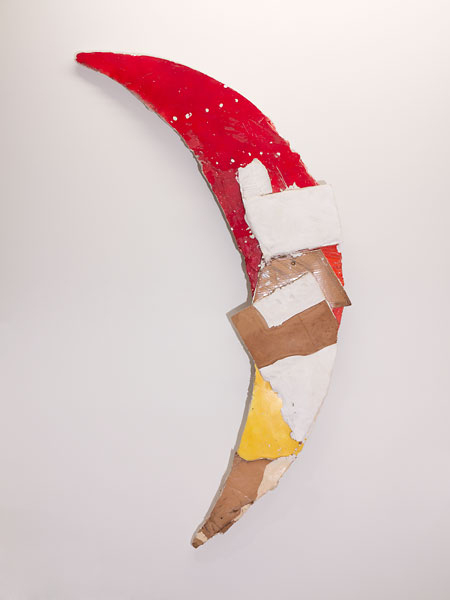 |
Some of the early works shown here, likely unfamiliar to most viewers, are made of paper, string, burlap, and nails (including one whose title, 'Vivo Cristo Rey,' suggests that it’s a head of Christ), unlike the sculpted plaster and cast bronze works that most people know.
There are plenty of those more familiar works here (including some from later than 1960), and they convey many moods, from one bemused bust that suggests the cartoons of Existential crisis of Saul Steinberg, to provocative if faceless standing females nudes, to partial figures that suggest menace or destruction. This work can be unnerving.
- ‹ previous
- 234 of 677
- next ›



